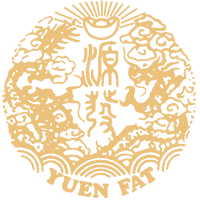
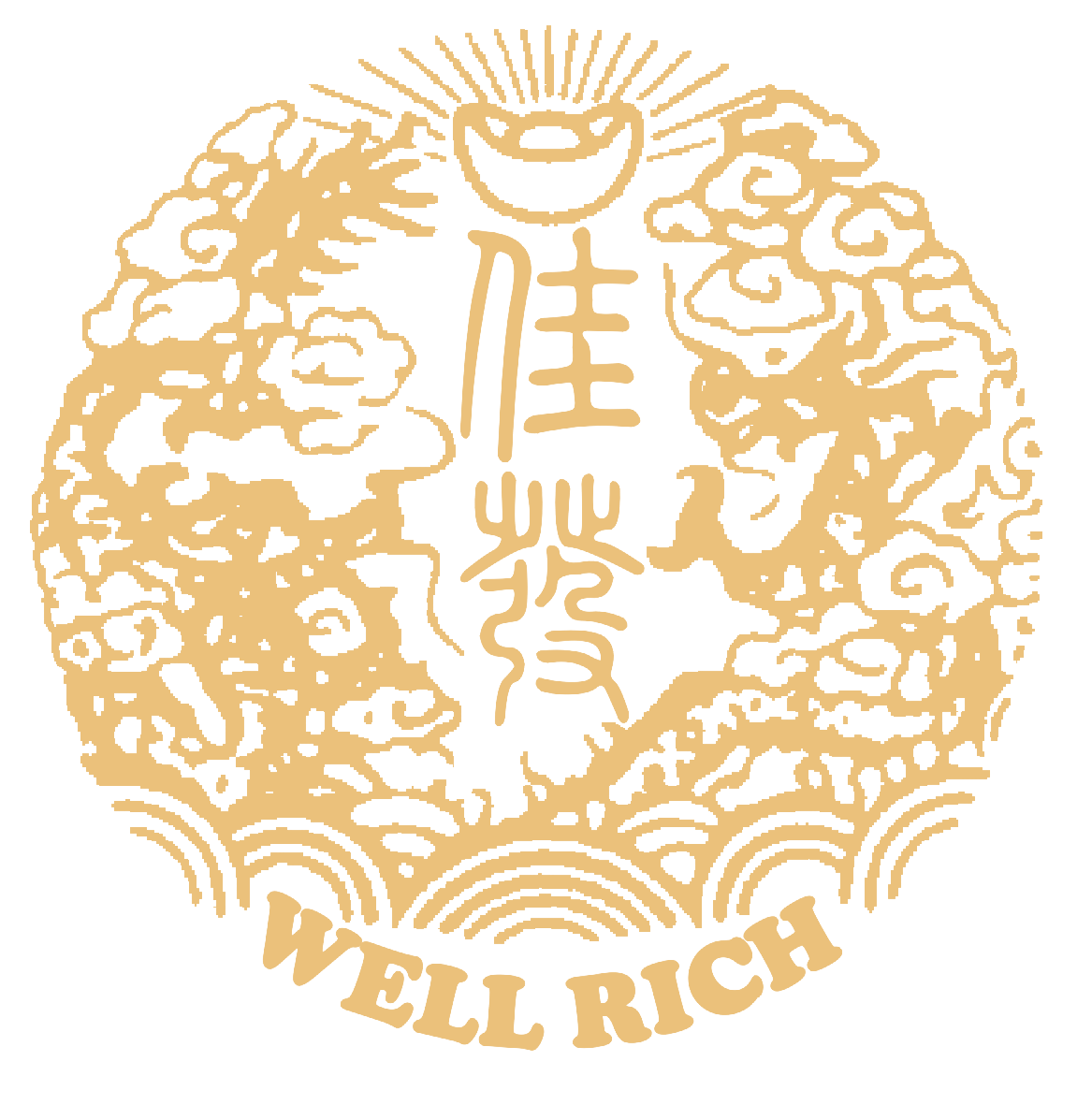




07-03 / 2019
Composition of corrugated board
Corrugated board is the base material for manufacturing all kinds of corrugated boxes. It is a kind of plate-shaped object made of box board paper and corrugated core paper. Box board paper is used for the inner and outer sides of corrugated board, so it is called face paper or inner paper. Corrugated core paper is a regular permanent corrugated paper. Corrugated board is divided into single corrugated, double corrugated, seven layers of paper.
Common terms of corrugated box industry:
Face paper - the outer layer of paper is called face paper
Inside paper - the inner paper is called inside paper
Pit paper - the paper with uneven corrugation in the middle is called pit paper (also called core paper)
Intermediate paper - the paper mounted between two layers of corrugated paper is called intermediate paper (also called core paper)
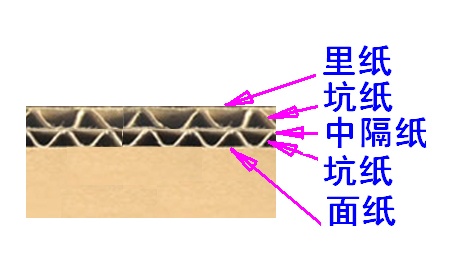
Single corrugated board, also known as three-layer corrugated board, consists of two layers of surface paper and one layer of core paper. As shown in the figure:
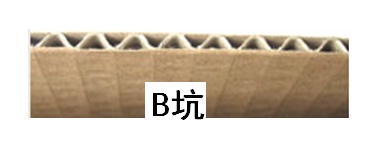
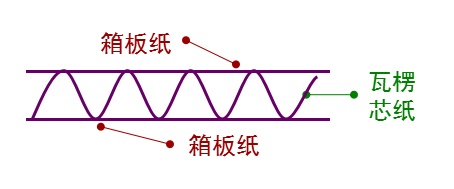
The double corrugated board structure is made of two layers of box board paper, two layers of corrugated core paper and one layer of sandwich paper. The sandwich paper is generally made of the same material as the core paper. Its structure is shown in the figure:

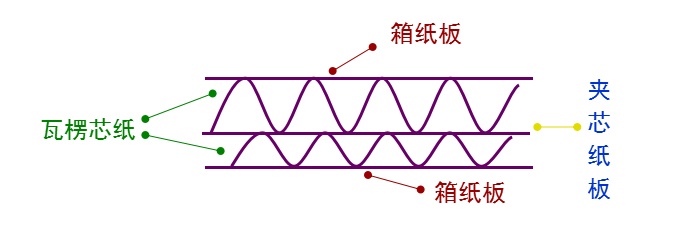
Three layer corrugated paper (also called seven layer cardboard) is called Sankeng paper in the industry
Composition: it is composed of face paper, corrugated paper, core paper, corrugated paper, core paper, corrugated paper and inner paper.
The combination of corrugating type is usually adopted:
Type BAB, BAA, CAC or BAC
Mainly used for packing heavy goods.
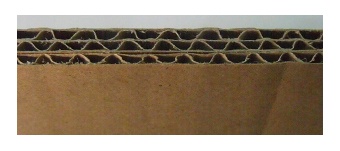
Type number of corrugating
There are four types of corrugations for corrugated board, i.e. type A (large corrugations), type B (small corrugations), type C (medium corrugations) and type E (micro corrugations). In addition, there is a super large K-type corrugated, but less used. The difference between various corrugations lies in the different corrugations in height and length per meter, so the mechanical properties of different corrugations are different.

Corrugating type and its main properties
A-shaped ridge
The number of corrugations per unit length is the least, while the corrugations are the highest. Because there is a large gap between corrugations, it has good shock absorption performance, and is suitable for making fragile packaging products and corrugated cardboard boxes with high requirements for impact, collision and various dynamic loads.
B-shaped ridge
Its corrugating height is small, which can save corrugating base paper. It has many corrugations per unit length and is not easy to deform. When printing, it has strong compression resistance and can get good printing effect. The corrugated box made of B-type corrugated board can bear large plane pressure, and is suitable for packing can, daily chemicals, hardware and other hard products.
C-beam
The corrugations of height and unit length are between A-type and B-type. It combines the characteristics of both of them. It has not only enough rigidity, but also good shock absorption performance. It can be effectively used for packaging fragile goods, flexible products and hard products that require to prevent surface damage.
E-beam
It is a kind of micro corrugation, its height is about 1mm, and the number of corrugations per unit length is the most. This type of corrugated box has the characteristics of flat surface, high plane rigidity, light weight, buffering and good printing effect. It is widely used in corrugated boxes or cartons for medium and inner packaging, and is most suitable for packaging daily necessities, household appliances and various complete sets of commodities.
Various corrugating fits have the following characteristics:
1. The outer layer is B-type corrugated board, which has good two-way stiffness, can reduce the impact of external force, reduce the surface warpage, and the strength loss of the board is the smallest when the relative humidity of the surrounding medium increases.
2. The inner layer is B-type corrugated board, which has enough rigidity and resistance to plane pressure to bear the pressure exerted by the goods inside the packing box.
3. The middle layer is A-type corrugated board, which has good elasticity and buffering effect under impact load.
According to the characteristics of different corrugations, it is better to use type A or type C for single corrugation box and type A, type B or type B and type C for double corrugation box. Type B is used near the surface, which can bear strong impact force. Type A or type C is used near the inner layer, which has large elasticity and strong buffer force.
Corrugated shape
The corrugating shape of corrugated paper is divided into V shape, U shape and UV shape.
The characteristics of V-shaped corrugated wave are: high plane pressure resistance value, saving adhesive consumption and corrugated base paper in use. However, the corrugated board made of this kind of corrugated wave has poor cushioning, and the corrugated board is not easy to recover after being compressed or impacted to graupel.
The characteristics of U-shaped corrugating waveform are: large adhesive area, firm adhesion and certain elasticity. When impacted by external forces, it is not as fragile as V-shaped corrugated, but the plane expansion strength is not as strong as V-shaped corrugated.
According to the performance characteristics of V-shaped and U-shaped corrugations, UV shaped corrugating roller has been widely used. The processed corrugated paper not only maintains the high pressure resistance of V-shaped corrugated paper, but also has the characteristics of high adhesive strength and elasticity of U-shaped corrugated paper. At present, the UV shaped corrugated roller is used in the corrugated board production line at home and abroad.
Corrugation rate
The corrugation rate is determined by corrugation height and corrugation distance.
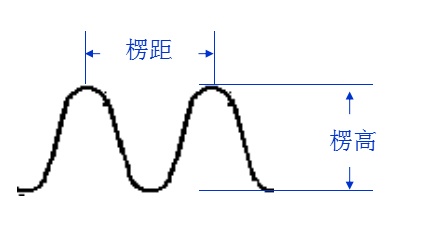
Paperboard gram weight
G weight of cardboard (M2)
G weight of 3-layer board = g weight of face paper + g weight of lining paper + g weight of core paper * creasing rate
G weight of 5-layer board = g weight of face paper + g weight of lining paper + g weight of medium paper + g weight of core paper * corrugation rate + g weight of core paper * corrugation rate
The weight of paperboard will be affected by the paste, generally the paste amount is 3 layers 10-16 g / m2, 5 layers = 2 times 3 layers paste amount
Corrugated board - number of layers
3-layer corrugated board (single wall)
5-layer corrugated board (double wall)
7-layer corrugated board (triple wall)
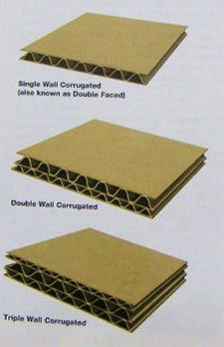

07-03 / 2019
The carton quality assurance seal, BMC (certificate of boxmaker) for short, is a mark of quality ass...
 READ MORE
READ MORE

07-03 / 2019
Corrugated board is the base material for manufacturing all kinds of corrugated boxes. It is a plate...
 READ MORE
READ MORE

07-03 / 2019
The bursting strength of corrugated board is related to the bursting strength of inner paper, face p...
 READ MORE
READ MORE